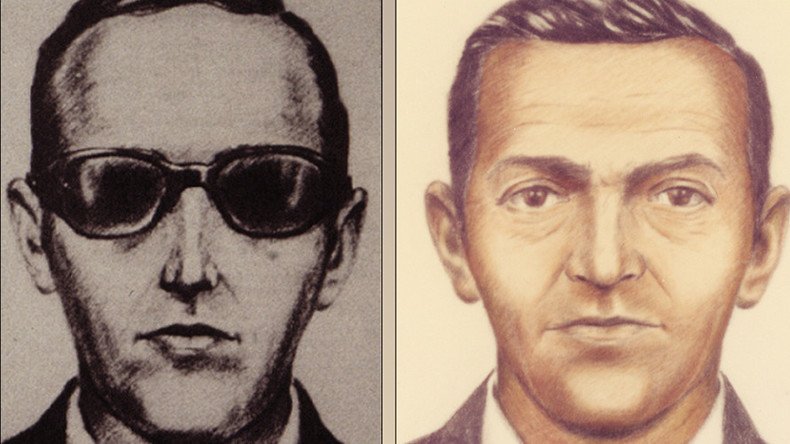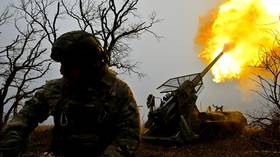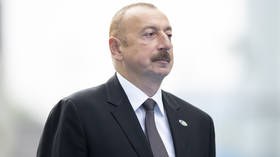FBI closes ‘most exhaustive’ case after failing to crack mystery of hijacker D.B. Cooper

The “longest and most exhaustive investigation” in US history is now a cold case. The FBI has closed the manhunt for D.B. Cooper, which lasted nearly a half-century, for the sake of other priorities. The evidence will now be preserved in the archives.
“The FBI redirected resources allocated to the D.B. Cooper case in order to focus on other investigative priorities,” the agency said in a statement, admitting that none of its “numerous new and innovative investigative techniques” helped it catch one of its most wanted suspects.
The mystery of D.B. Cooper dates back to November 1971, when a man whose real name remains unknown hijacked a plane bound from Portland to Seattle. Believed to have been in his mid-40s at the time, Cooper handed the stewardess a note saying there was a bomb in his briefcase, and he wanted her to sit with him. To convince her, Cooper showed her a glimpse of a mass of wires and red colored sticks.
The FBI says the fugitive suspect demanded four parachutes and $200,000 in $20 bills. After the plane landed in Seattle, Cooper received what he asked for in exchange for the flight’s 36 passengers. He did keep several crew members, ordering them to take off again for Mexico City.
“Somewhere between Seattle and Reno, a little after 8:00 p.m., the hijacker did the incredible: He jumped out of the back of the plane with a parachute and the ransom money,” the FBI believes.
The pilots landed safely at their destination. Since that night, Cooper has been missing, and his fate as well as his real identity remain a mystery.
The FBI believes that Cooper did not survive his jump for a number of reasons, despite there being almost no evidence. They cite his inappropriate clothing and shoes for a wooded area, where he most likely would have landed. On top of that, the parachute was not designed to be directed, and the theory that Cooper was an experienced parachutist was long ago dismissed.
READ MORE: Mysterious unidentified spying cell towers found across Washington, DC
In 1980, the investigation got a vital clue, suggesting that Copper could have been dead. That year, a boy reported finding a rotting package full of $20 bills ($5,800 in all) that matched the ransom money serial numbers.
Investigators thought they cracked the case when they arrested Richard Floyd McCoy, who was suspected in a very similar airplane hijacking and escape by parachute, which occurred less than five months after Cooper’s. However, McCoy was later ruled out because he didn’t match the nearly identical physical descriptions of Cooper provided by two flight attendants, as well as other reasons.













